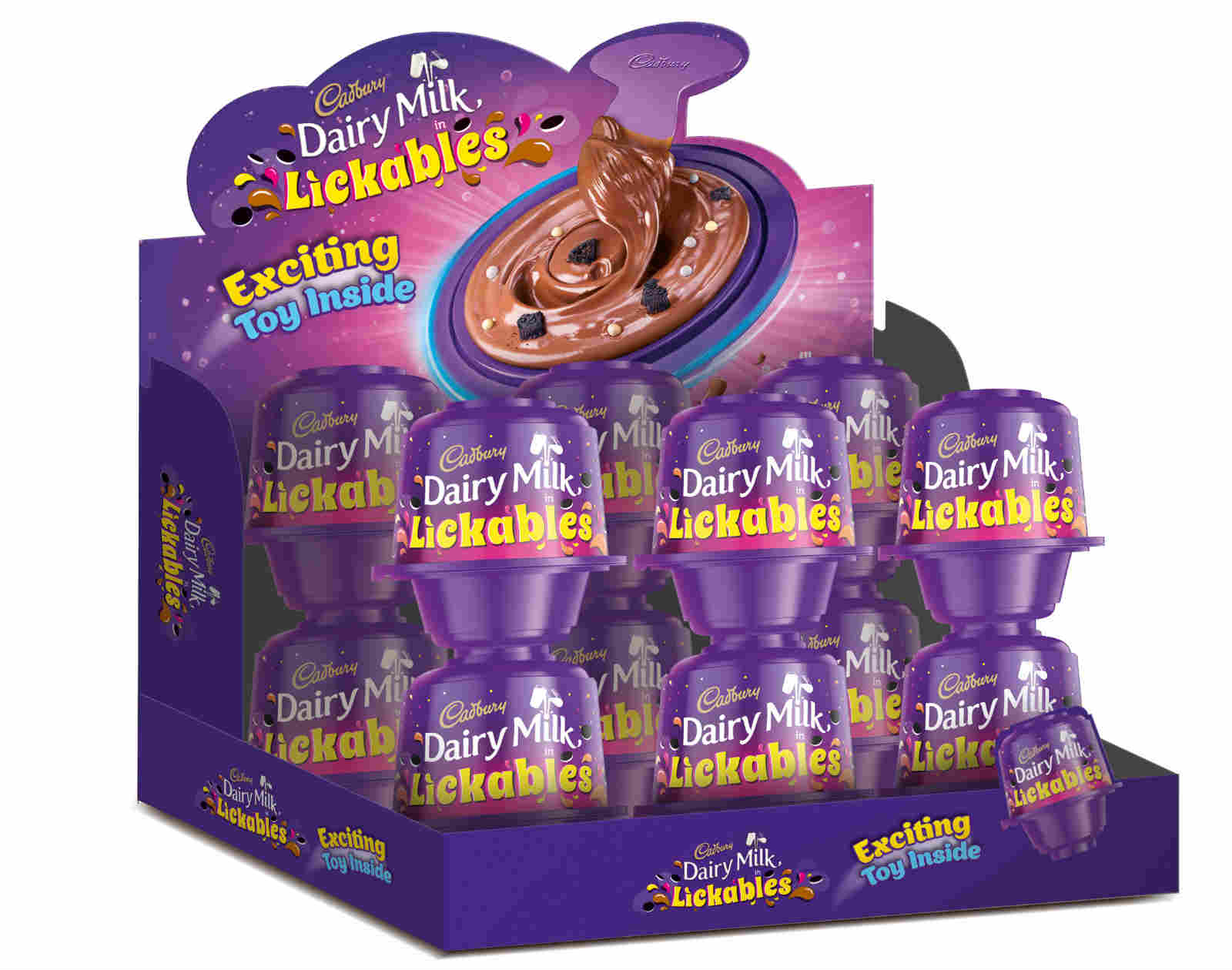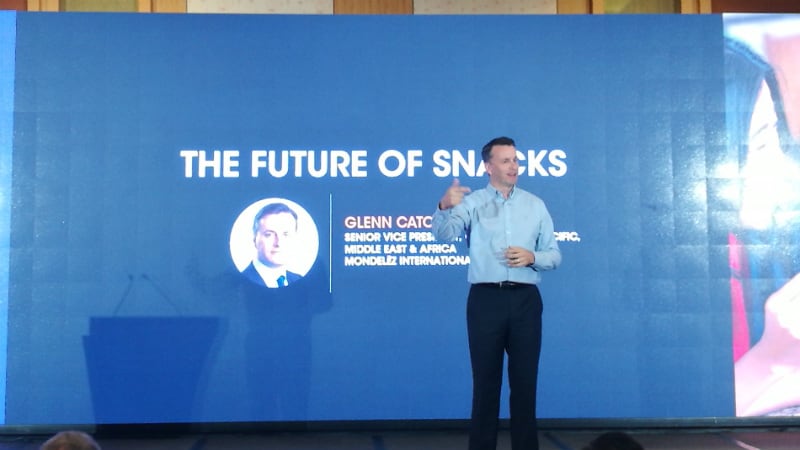Mondelez is present in all of the countries within the South East Asian region, with the company deeming it the ‘key growth driver’ for its chocolate business globally.
“We have strong focus on Malaysia, Indonesia and Philippines currently, but we are present throughout ASEAN in all the countries,” Mondelez South East Asia Associate Director Marketing Chocolates Vikram Karwal told FoodNavigator-Asia.
“Although there are some demographic and cultural differences within the market, consumers are mostly similar in their consumption of and views of food and snacking, like with chocolates.
“With this in mind, our approach to new product development and innovation is based on two initiatives: Mindful snacking and Sustainability.
Within mindful snacking, Mondelez has a particular focus on the areas of product localisation and health and wellness in order to better appeal to local consumers.
“A good example of localization for us is in Malaysia, where we launched a Cadbury Dairy Milk Kopi C chocolate into the local market last year, as well as a durian flavour this year,” said Karwal.
Kopi C is a beverage made from coffee and evaporated milk that is very local to Malaysia and Singapore, and is mostly consumed in eateries throughout these countries.
As for health and wellness, Karwal cited the recently-launched Cadbury Dairy Milk 30% Less Sugar in India, as well as the company’s attempts to reduce sugar from its Halls candy range.
“Many people are jumping into the healthy snacking space, and most of these come with products that claim health benefits, such as probiotics. For Mondelez, chocolates particularly still fall under the space of a treat, and is all about indulgence and mood improvement,” said Karwal.
“We are relooking our portfolio based on World Health Organisation guidelines, so are developing some of our products to be less than 100 calories in line with this.”
An example is its Cadbury Dairy Lickables product, which is focused at a younger audience and less than 100 calories per portion.
“The aim of this calorie reduction drive is to help consumers be more aware of what they are consuming, their calorie intake and so on, and to give them more control over this,” he added.
“Although not all of our products have this option available yet, the end goal is that all brand offerings will have 100 calorie and below options as part of the Mondelez portfolio.”
Over the next two to three years, Mondelez will also work towards providing more easy-to-read, consumer-friendly front-of-pack caloric information along with ‘tips to better enjoy these snacks with less guilt and more control’.
Trends in chocolates and snacking
Karwal also highlighted five major trends in ASEAN that apply to both the chocolate and overall snacking markets: Growth, time compression, e-commerce, in addition to health and wellness and localisation.
“Chocolates and snacks as a whole are growing by either single or double digits in the South East Asian region, driven by a burgeoning middle class,” he said.
“Many of these consumers are moving out of poverty and latching onto snacking habits.”
Time compression is a trend closely related to convenience and lifestyle, and Karwal predicted an increased reliance on snacks in the region moving forward.
“As more of the population gets into work, more time is spent in traffic and this busy urban lifestyle puts pressure on time. As such, in the future people are likely to become more reliant on snacks [as an option to fill up],” he said.
E-commerce was cited as another major trend, mostly credited to the advent and increased usage of mobile phones.
“The way consumers make purchases now is very different from what it was in the past – e-commerce and the digital revolution has made things different, even for commercial and advertising activities too.”
Future plans
In terms of products, Mondelez has plans to expand its Cadbury Dairy Milk Bubbly to more countries in the region, particularly Indonesia.
“Cadbury Dairy Milk Bubbly is an aerated version of the chocolate, which contains bubbly to give a different melt-in-mouth sensory experience. We have already launched this in Malaysia, Philippines and Singapore, and now plan to extend this to Indonesia,” said Karwal.
“As a whole, we see South East Asia as a land of opportunity for us, and foresee an immense amount of headroom here over the next few years.
“I believe we can grow handsomely solely focusing on Malaysia, Indonesia and Philippines, but we are definitely also looking beyond, and have plans for Thailand and Vietnam in the future as well too.”



